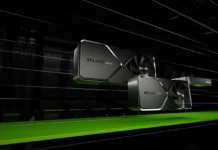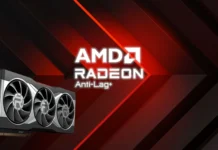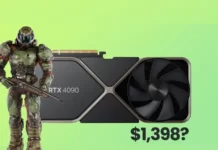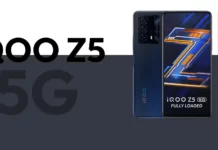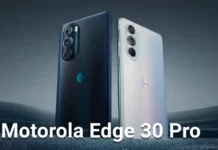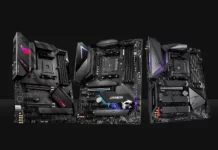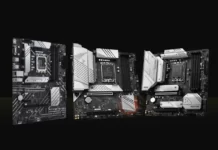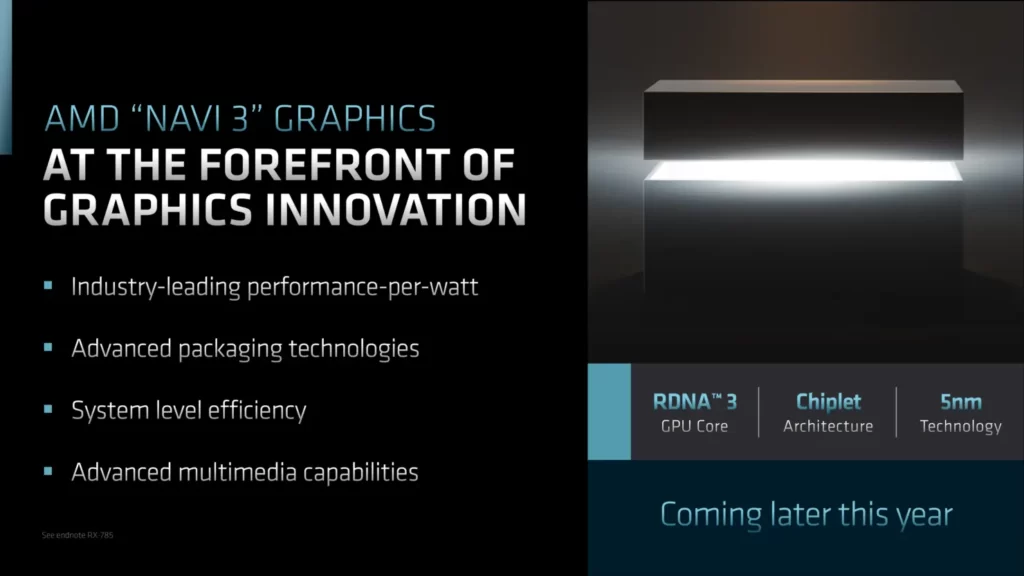According to new rumors, AIBs already have test units of the AMD RDNA 3 “Radeon RX 7000” GPUs, which promise significant improvements over RDNA 2.
AMD Radeon RX 7000 “RDNA 3” GPU Lineup Rumor: 2x Faster Raster & Over 2x Ray Tracing Performance Versus RDNA 2, Power Efficiency Looks Amazing!
The most recent reports come from Greymon55, who claims that AIBs are already testing AMD Radeon RX 7000 GPUs based on the RDNA 3 architecture. The leaker did not name any partners, but he did provide us with some preliminary performance estimates that sound quite promising. We know that AMD is working on its Navi 31 flagship GPU, which will be released next month on November 3rd. Thus, these may be the flagship chips that are now being tested to compete with NVIDIA’s GeForce RTX 4090 & RTX 4080 graphics cards.
AMD RDNA 3 “Radeon RX 7000” GPU With 2x Raster & Over 2x RT Performance?
According to the leaker, the AMD RDNA 3 GPUs found on the Radeon RX 7000 series graphics cards provide up to a 2x performance boost in pure rasterization tasks and over a 2x boost in ray tracing operations. The RDNA 2 GPU is not stated in the RDNA 2 GPU is the RX 6900 XT or RX 6950 XT. But even when we examine the 6900 XT, the RDNA 2 chip gave greater raster performance versus the RTX 3090 and came very near to the RTX 3090 Ti, while the RX 6950 XT excelled over it. A 2x boost in this area would indicate that AMD could easily rival, if not outperform, the RTX 4090 in a big portion of gamers.
In ray tracing, more than 2x indicates that AMD’s graphics cards will be near or somewhat quicker than the RTX 30 series “Ampere” graphics cards, based on the title. The Ada Lovelace RTX 40 series GPUs offer significantly quicker ray tracing features, with about 2x performance gains over the RTX 30 lineup. So, while ray tracing will improve significantly, it may not be able to close the gap with the RTX 40 series.

Reference TBP of AMD RDNA 3 GPUs Reportedly Looks “Amazing”
Finally, the leaker claims that the standard TBP looks fantastic, but we don’t know if this is compared to the RTX 40 series or the RDNA 2 range. AMD has already said that the RDNA 3 “Radeon RX 7000” GPU series will have far lower power than the competition.
“It’s really the fundamentals of physics that are driving this,” Naffziger explained. “The demand for gaming and compute performance is, if anything, just accelerating, and at the same time, the underlying process technology is slowing down pretty dramatically — and the improvement rate. So the power levels are just going to keep going up. Now, we’ve got a multi-year roadmap of very significant efficiency improvements to offset that curve, but the trend is there.”
“Performance is king,” stated Naffziger, “but even if our designs are more power-efficient, that doesn’t mean you don’t push power levels up if the competition is doing the same thing. It’s just that they’ll have to push them a lot higher than we will.”
Sam Naggziger (AMD’s SVP & Product Technology Architect) via Tomshardware
AMD revealed that their RDNA 3 GPUs would be available later this year with significant performance improvements. According to David Wang, the company’s Senior Vice President of Engineering, Radeon Technologies Group, the next-generation GPUs for the Radeon RX 7000 series will offer a 50% performance per watt boost over the existing RDNA 2 GPUs. AMD will emphasize the following essential aspects of the RDNA 3 GPUs:
- Advanced Chiplet Packaging Rearchitected Compute Unit 5nm Process Node
- Graphics Pipeline Optimization
- AMD Infinity Cache (Next Generation)
- Ray Tracing Capabilities Improved
- Superior Adaptive Power Management
- >50% performance/wattage compared to RDNA 2
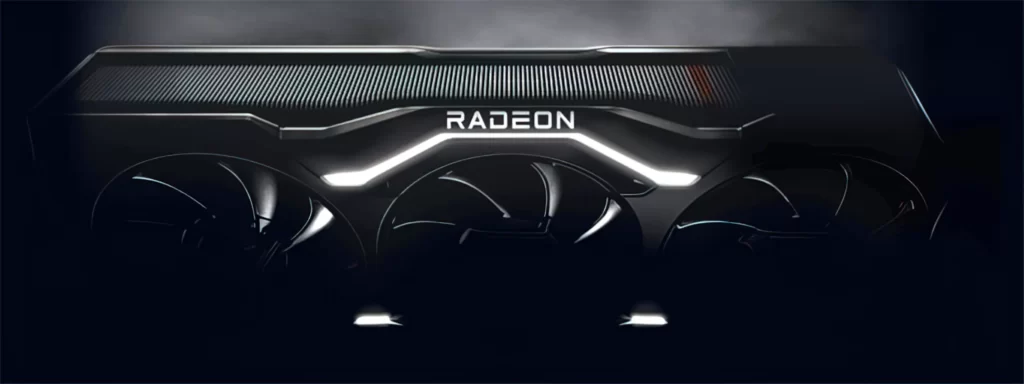
Sam Naffziger, AMD’s SVP and Technology Architect, has stated that the upcoming RDNA 3 GPUs highlighted on the Radeon RX 7000 GPUs and next-generation iGPUs will provide a wide range of new technologies, along with a finely tuned flexible power control tech to decide workload-specific execution points, ensuring that the GPU only uses the power needed for the workload. The GPUs will also include a next-generation AMD Infinity Cache, providing higher density, reduced cores, and lower power requirements for graphics memory.
Looking ahead, we’re continuing our push for more efficient gaming with AMD RDNA 3 architecture. As the first AMD graphics architecture to leverage the 5nm process and our chiplet packaging technology, AMD RDNA 3 is on track to deliver an estimated >50 percent better performance per watt than AMD RDNA 2 architecture – truly bringing top-of-the-line gaming performance to gamers in cool, quiet, and energy-conscious designs.
Contributing to this energy-conscious design, AMD RDNA 3 refines the AMD RDNA 2 adaptive power management technology to set workload-specific operating points, ensuring each component of the GPU uses only the power it requires for optimal performance. The new architecture also introduces a new generation of AMD Infinity Cache, projected to offer even higher-density, lower-power caches to reduce the power needs of graphics memory, helping to cement AMD RDNA 3 and Radeon graphics as a true leaders in efficiency.
We’re thrilled with the improvements we’re making with AMD RDNA 3 and its predecessors, and we believe there’s, even more, to be pulled from our architectures and advanced process technologies, delivering unmatched performance per watt across the stack as we continue our push for better gaming.
via AMD
The AMD Radeon RX 7000 “RDNA 3” GPU family based on the Nav 3x GPUs is slated to come later this year, with reports indicating that the flagship Navi 31 will be the first to launch, backed by the Navi 32 and Navi 33 GPUs. According to a new rumor, the graphics cards will be available in stores in December.

AMD RDNA 3 Navi 3X GPU Configurations (Preliminary)
| GPU NAME | NAVI 21 | NAVI 33 | NAVI 32 | NAVI 31 | NAVI 3X |
|---|---|---|---|---|---|
| Codename | Sienna Cichlid | Hotpink Bonefish | Wheat Nas | Plum Bonito | TBD |
| GPU Process | 7nm | 6nm | 5nm/6nm | 5nm/6nm | 5nm/6nm |
| GPU Package | Monolithic | Monolithic | MCM (1 GCD + 4 MCD) | MCM (1 GCD + 6 MCD) | MCM (TBD) |
| GPU Die Size | 520mm2 | 203mm2 (Only GCD) | 200mm2 (Only GCD) 425mm2 (with MCDs) | 308mm2 (Only GCD) 533mm2 (with MCDs) | TBD |
| Shader Engines | 4 | 2 | 4 | 6 | 8 |
| GPU WGPs | 40 | 16 | 30 | 48 | 64 |
| SPs Per WGP | 128 | 256 | 256 | 256 | 256 |
| Compute Units (Per Die) | 80 | 32 | 60 | 96 | 128 (per GPU) 256 (Total) |
| Cores (Per Die) | 5120 | 4096 | 7680 | 12288 | 8192 |
| Cores (Total) | 5120 | 4096 | 7680 | 12288 | 16,384 |
| Memory Bus | 256-bit | 128-bit | 256-bit | 384-bit | 384-bit x2? |
| Memory Type | GDDR6 | GDDR6 | GDDR6 | GDDR6 | GDDR6 |
| Memory Capacity | Up To 16 GB | Up To 8 GB | Up To 16 GB | Up To 24 GB | Up To 32 GB |
| Memory Speed | 16-18 Gbps | TBD | TBD | 20 Gbps | TBD |
| Memory Bandwidth | 512-576 GB/s | TBD | TBD | 960 GB/s | TBD |
| Infinity Cache | 128 MB | 32 MB | 64 MB | 96/192 MB | TBD |
| Flagship SKU | Radeon RX 6900 XTX | Radeon RX 7600 XT? | Radeon RX 7800 XT? Radeon RX 7700 XT? | Radeon RX 7900 XT? | Radeon Pro |
| TBP | 330W | ~150W | ~250W | ~350W | TBD |
| Launch | Q4 2020 | Q4 2022? | Q4 2022? | Q4 2022? | 2023? |
News Source: wccftech.com

